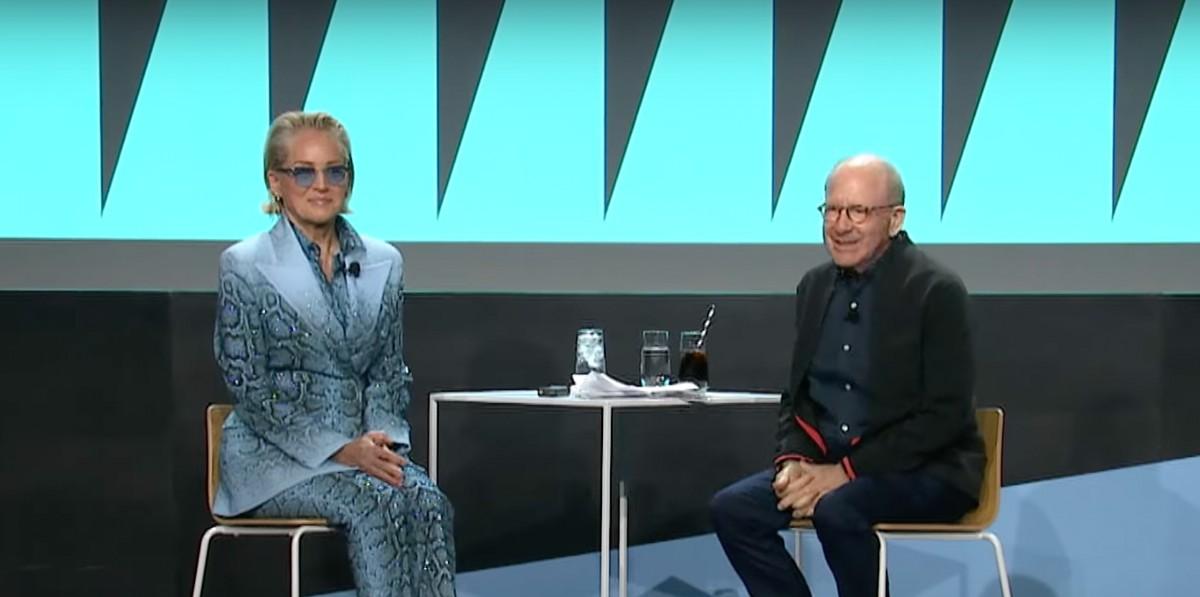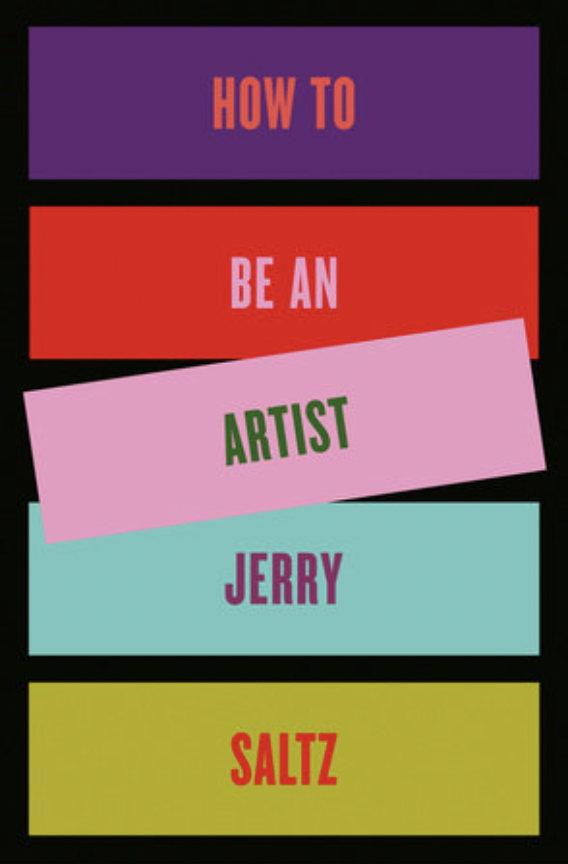Saltz touts his early credentials that include failed artist, college drop-out, and long-distance truck driver, and that has helped cement his image as an approachable “everyman.” This accessibility inevitably leads to more clicks and eyeballs on every pronouncement. But as Senior Art Critic of New York Magazine, winner of the 2018 Pulitzer Prize in Criticism and author of The New York Times best-seller How To Be an Artist, his stature has grown, giving his declarations more weight and a certain gravitas. The fact that his wife, Roberta Smith, has been the co-chief art critic of The New York Times since the beginning of his rise in the world of art criticism cannot be ignored. If their genders were switched, would Saltz even have the platform he does?
An active early adopter of Facebook and Twitter (now X), Saltz has upended the usual aloof persona of the critic. His 646,000 followers on Instagram are now added to the mix. In order to maintain a certain balance and objectivity, art critics, like restaurant critics, are supposed to keep their identities and social interactions separate from the people and work that they write about. Saltz has not only disrupted that balance, he has toppled it.
His online phenomenon has been the subject of numerous newspaper profiles and art projects like Jennifer Dalton’s 2010 artwork, What Are We Not Shutting Up About?, a fifteen-foot-wide data chart that visualizes five months of Saltz’s Facebook-page activity and was included in her 2010 exhibition at the Flag Art Foundation called “Making Sense.”



























